
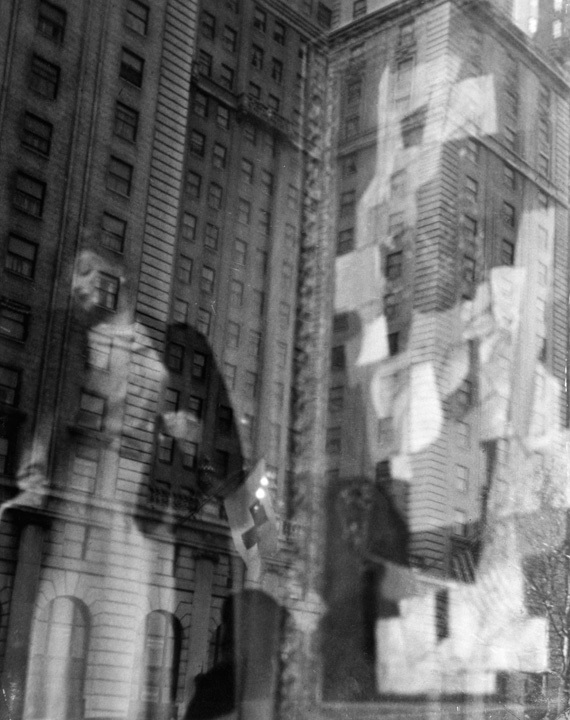
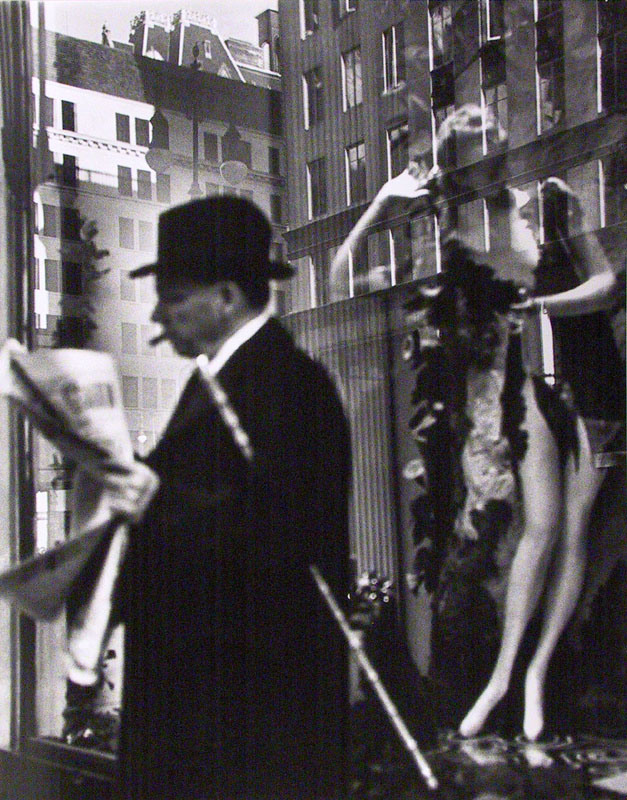
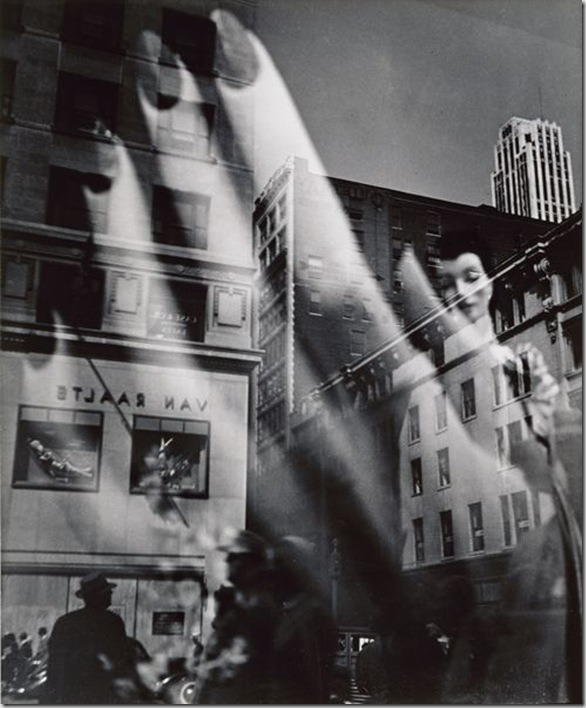
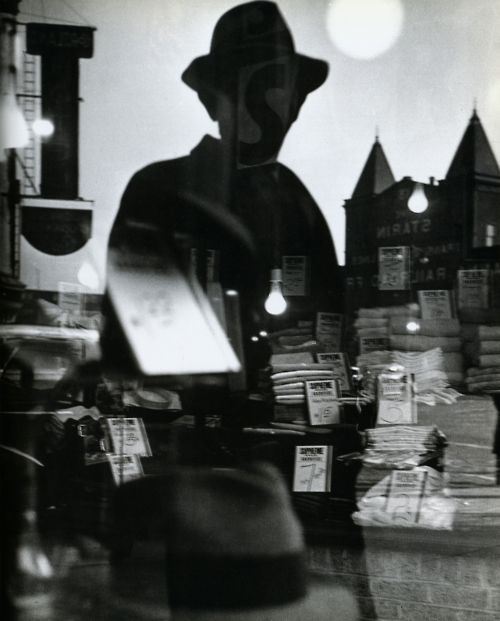

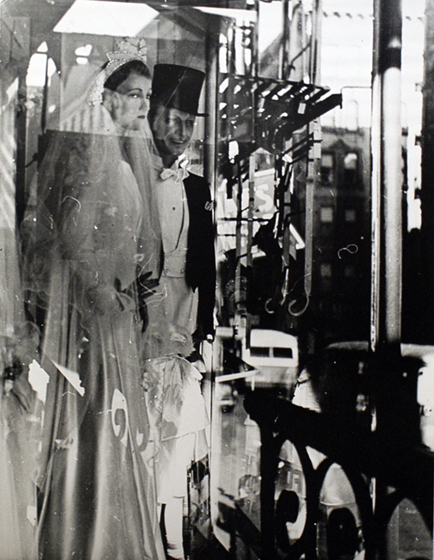
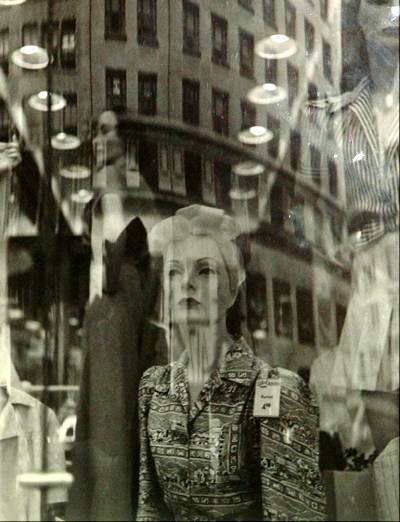
(via: http://leclownlyrique.wordpress.com/2014/09/08/les-fantomes-dun-monde-ou-la-vie-a-cesse/)
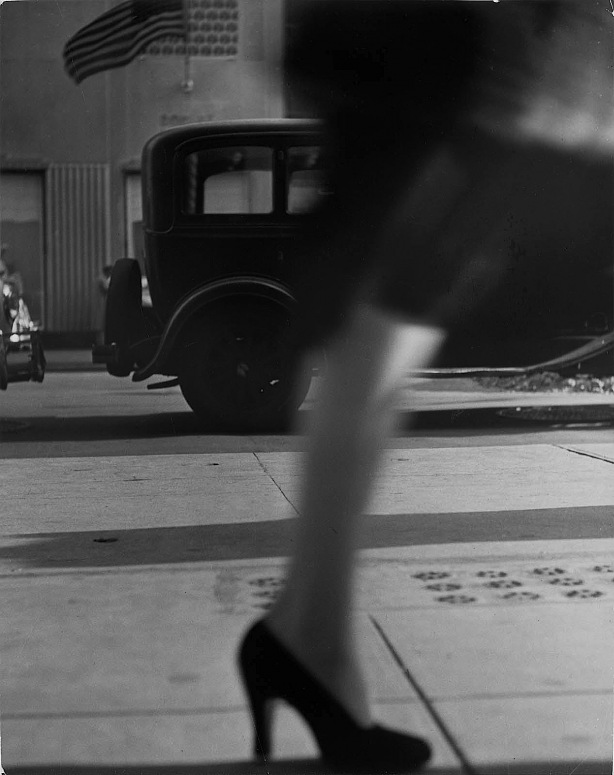
“Soy una amante apasionada de la instantánea, porque de todas las imágenes fotográficas, se acerca más a la verdad… las imágenes de un tomador de instantáneas tienen un aparente desorden e imperfección que es exactamente su atractivo y su estilo.” – Lisette Model
//
“I am a passionate lover of the snapshot, because of all photographic images, it comes closest to the truth… the snapshooter[‘s] pictures have an apparent disorder and imperfection which is exactly their appeal and their style.” – Lisette Model
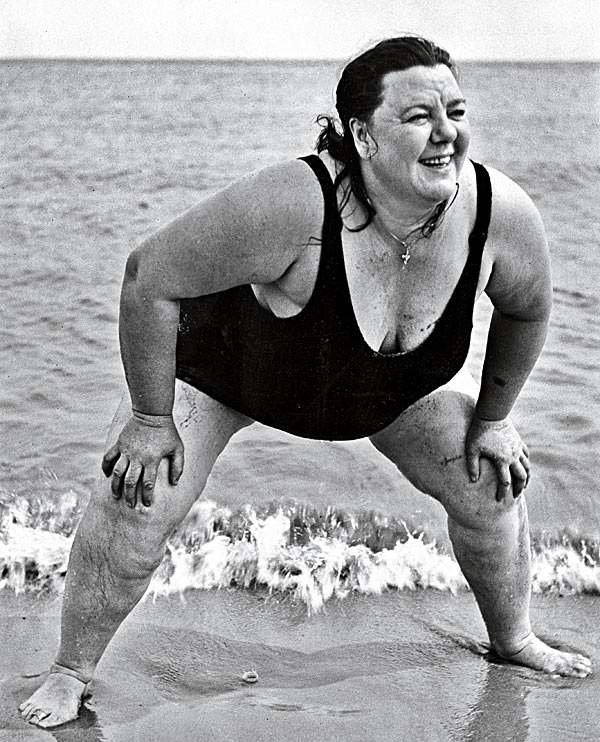
“Lo que me interesa es la superficie. Porque la superficie es el interior. La gente siempre dice que hay que investigar dentro. Olvídalo. Todo está por fuera.” – Lisette Model
//
“What interests me is the surface. Because the surface is the interior. People always say to be investigated within. Forget it. Everything is out.” – Lisette Model
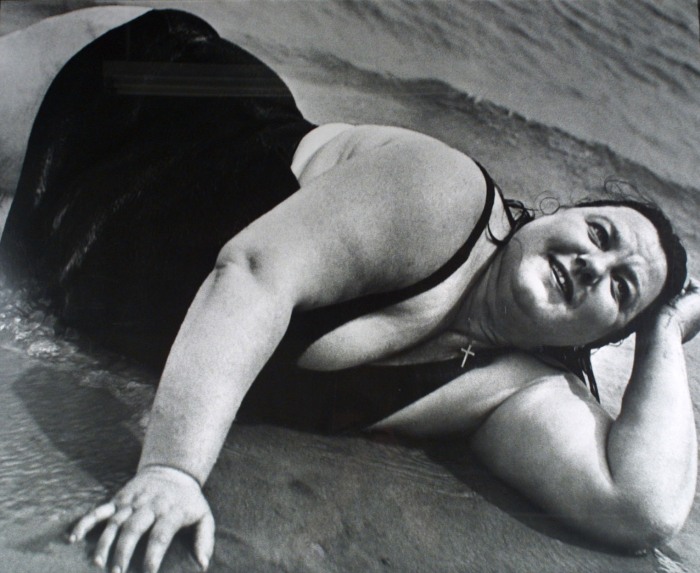

“Dispara desde el estómago”. Éste es uno de los consejos más célebres que la fotógrafa austriaca Lisette Model daba a sus alumnos (una generación de fotógrafos que incluye a Bruce Weber, Diane Arbus o Larry Fink). Pero antes de convertirse en maestra (en parte por miedo a la persecución política), Model dedicó dos décadas de su vida a fotografiar “con libertad” y con una mirada crítica a la gente y las calles.
El contraste, y su particular punto de vista son otras de las características de su obra. “Para Lisette, fotografiar era un medio de detección. Ella formulaba preguntas y esperaba encontrar las respuestas en las imágenes, pero no quería pasar mensajes”.
//
“Shoot from the stomach.” This is one of the most famous advices from the Austrian photographer Lisette Model gave her students (a generation of photographers including Bruce Weber, Diane Arbus and Larry Fink). But before becoming a teacher (in part for fear of political persecution), Model took two decades of her life to photograph “freely” and with a critical look at the people and streets.
The contrast, and her particular point of view are other features of her work. “For Lisette, photography was a way of detection. She hoped to ask questions and find answers in the pictures, but did not want to pass messages”.